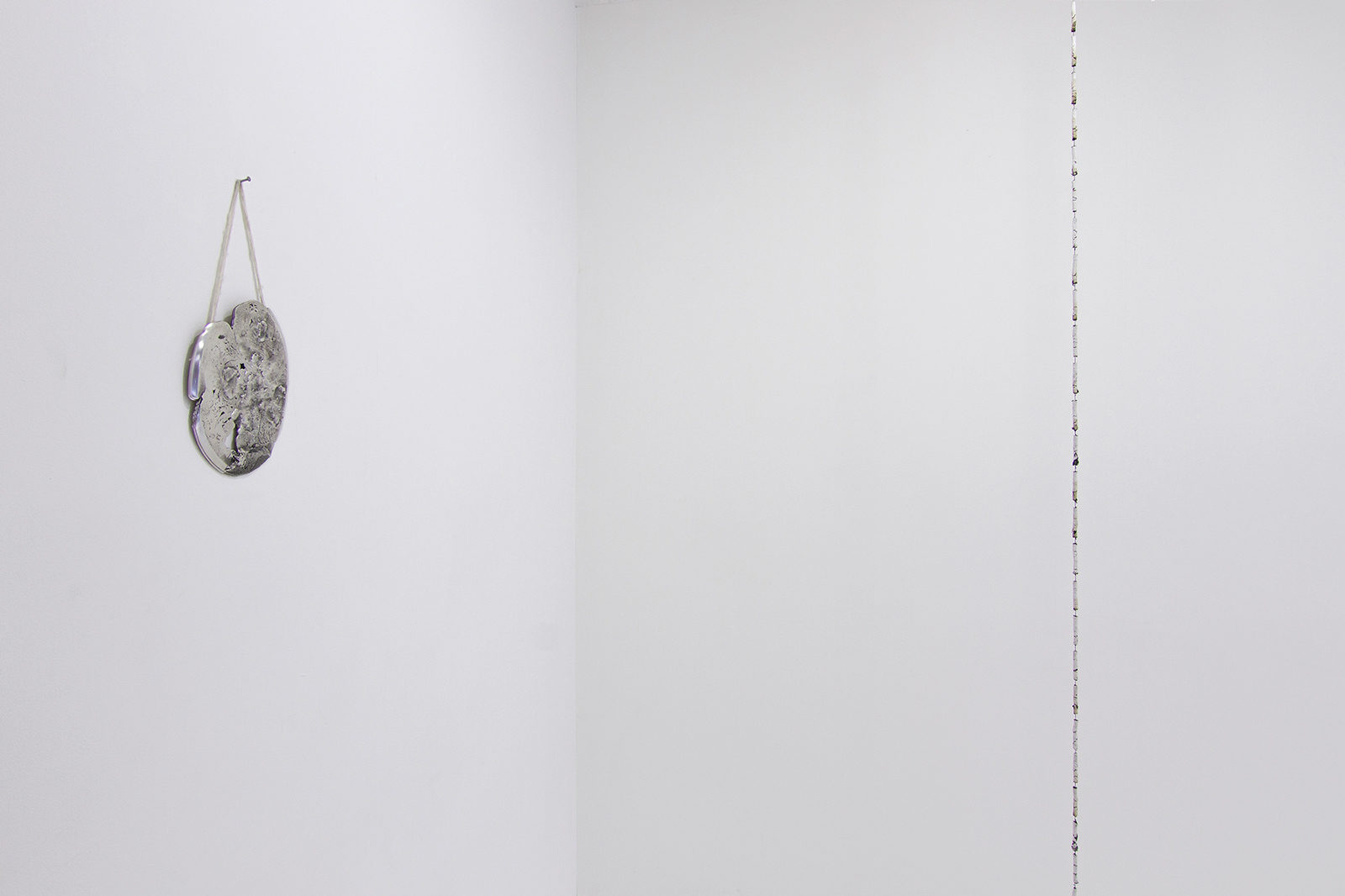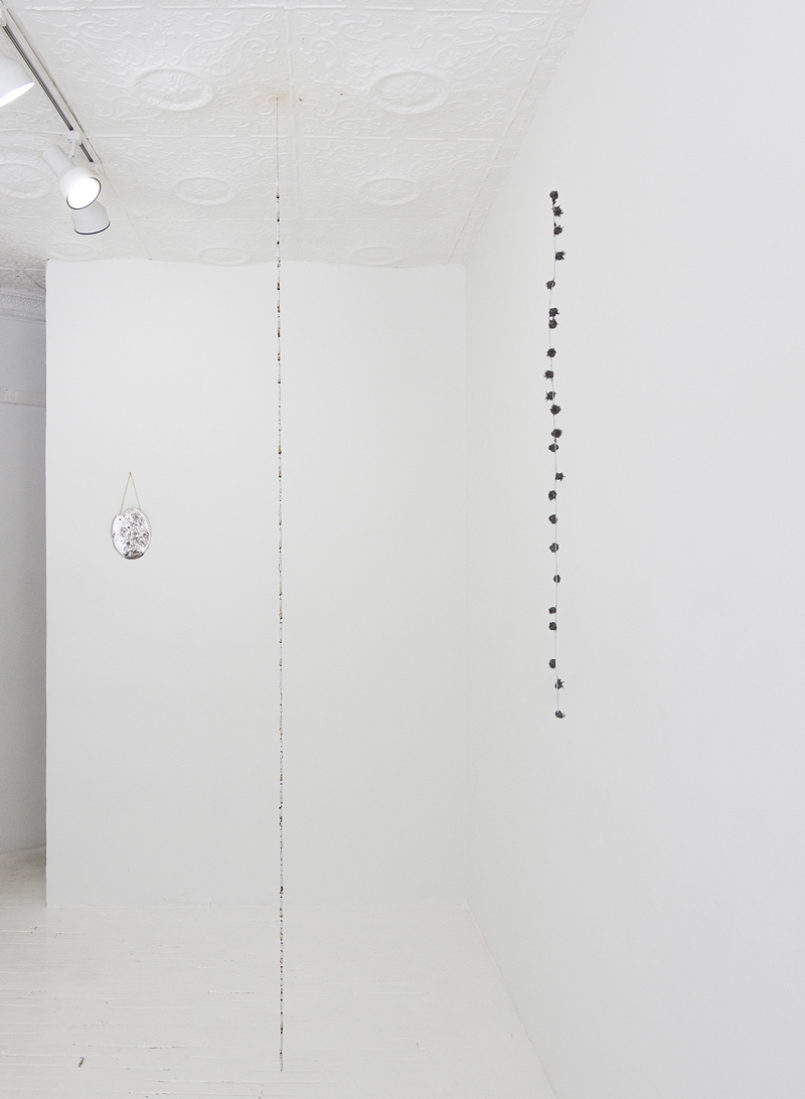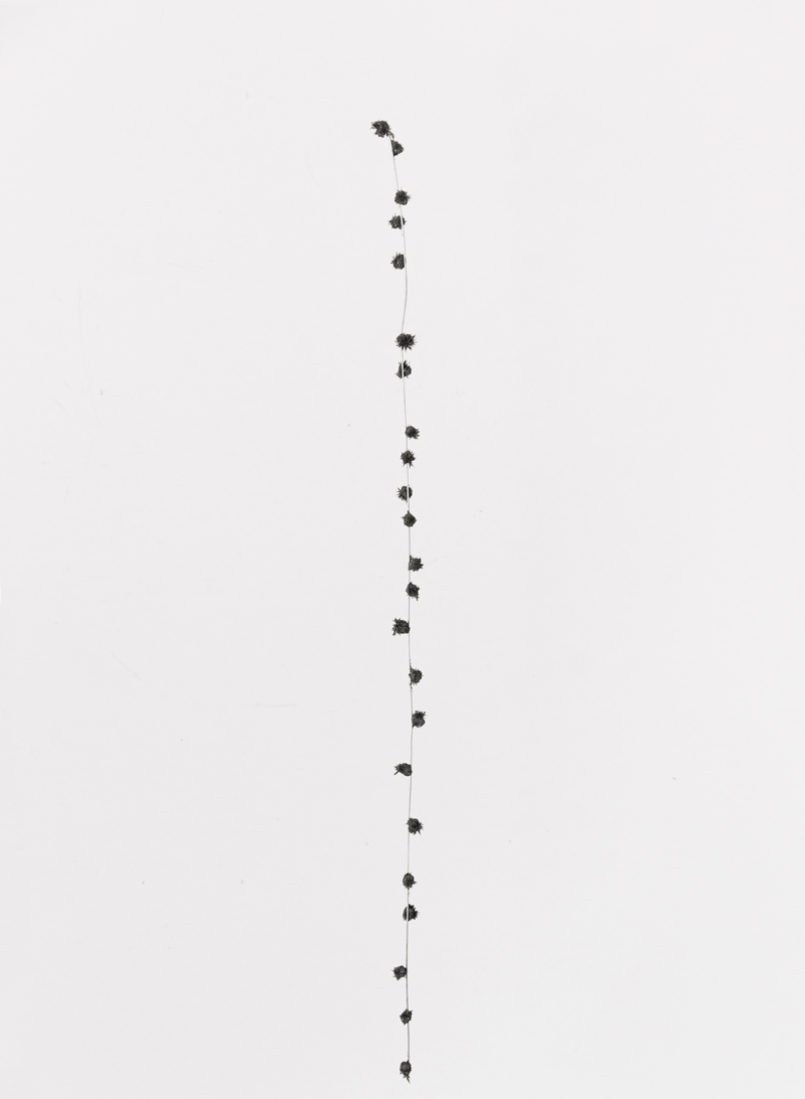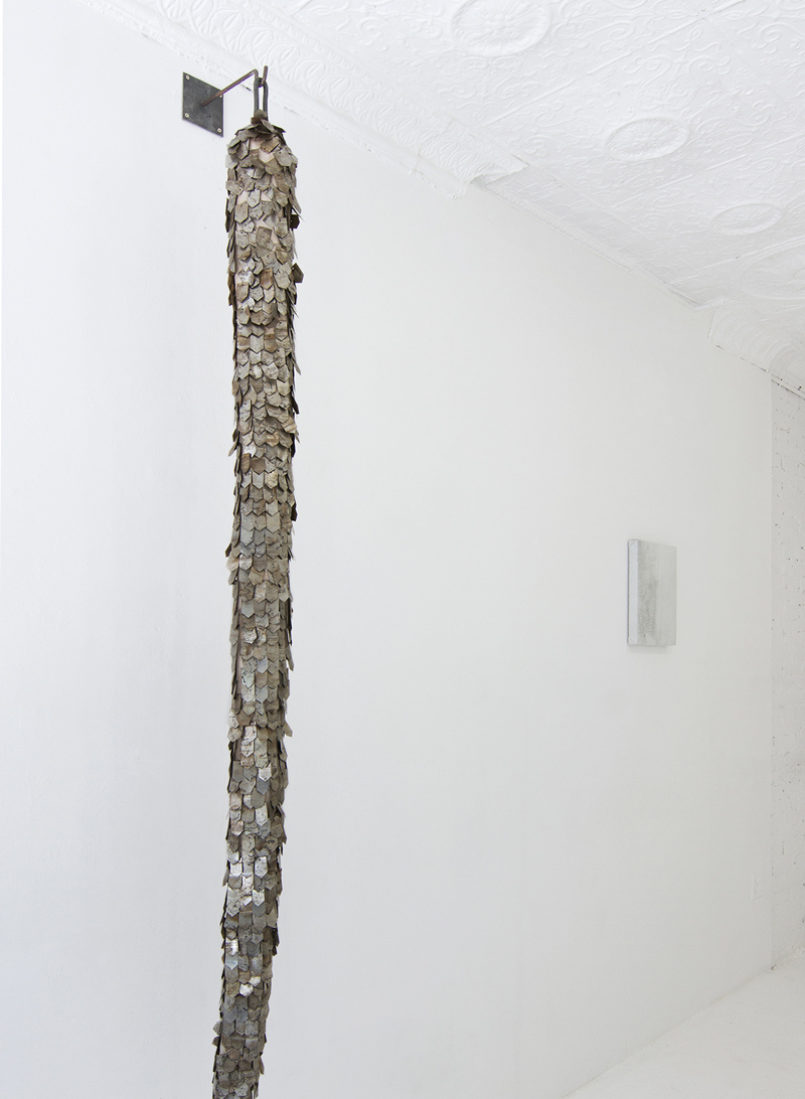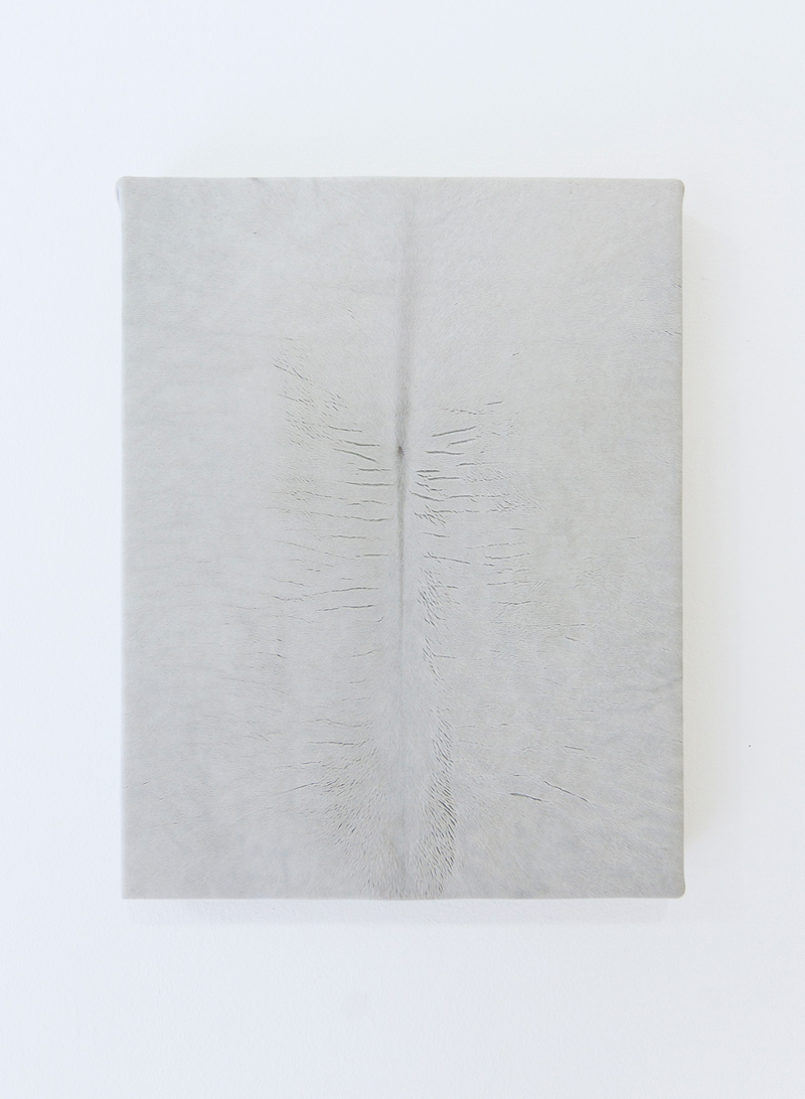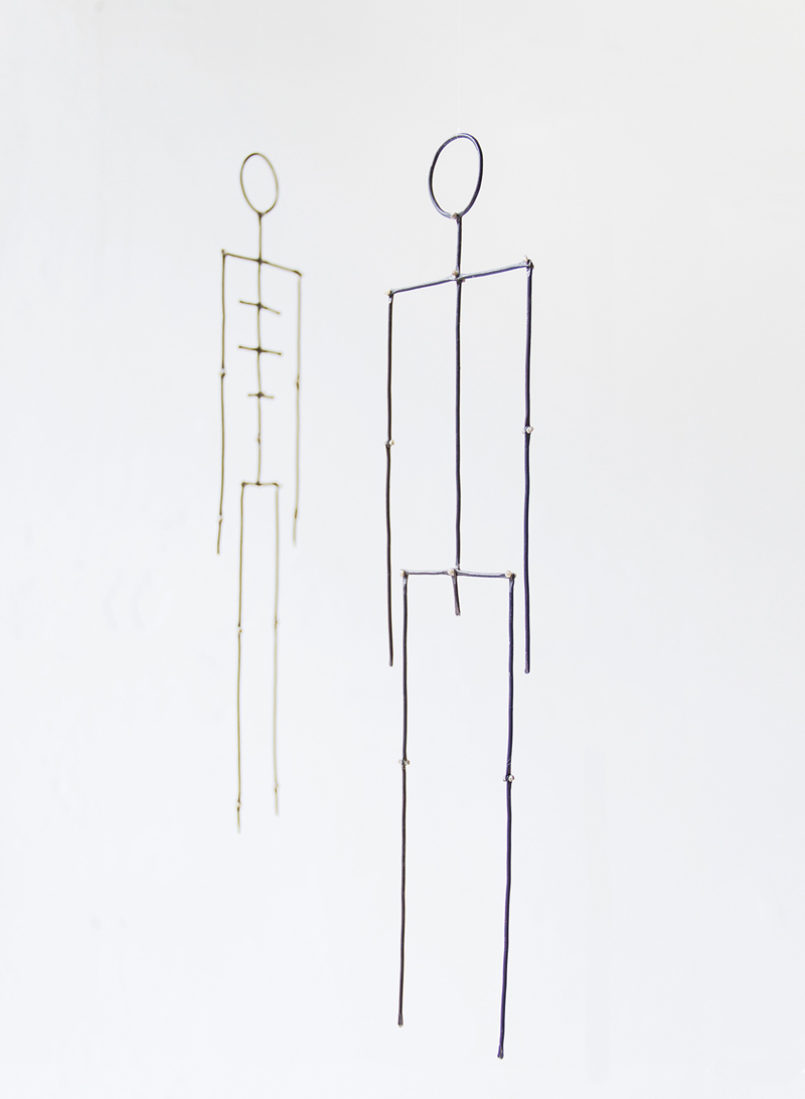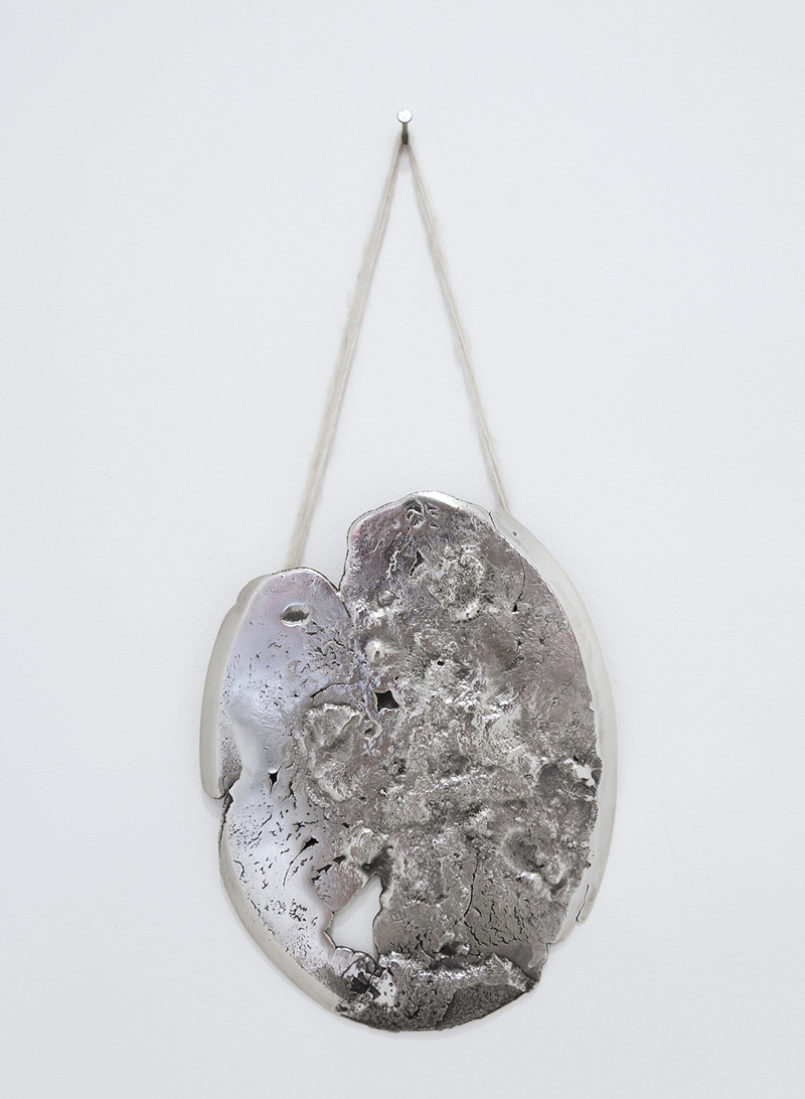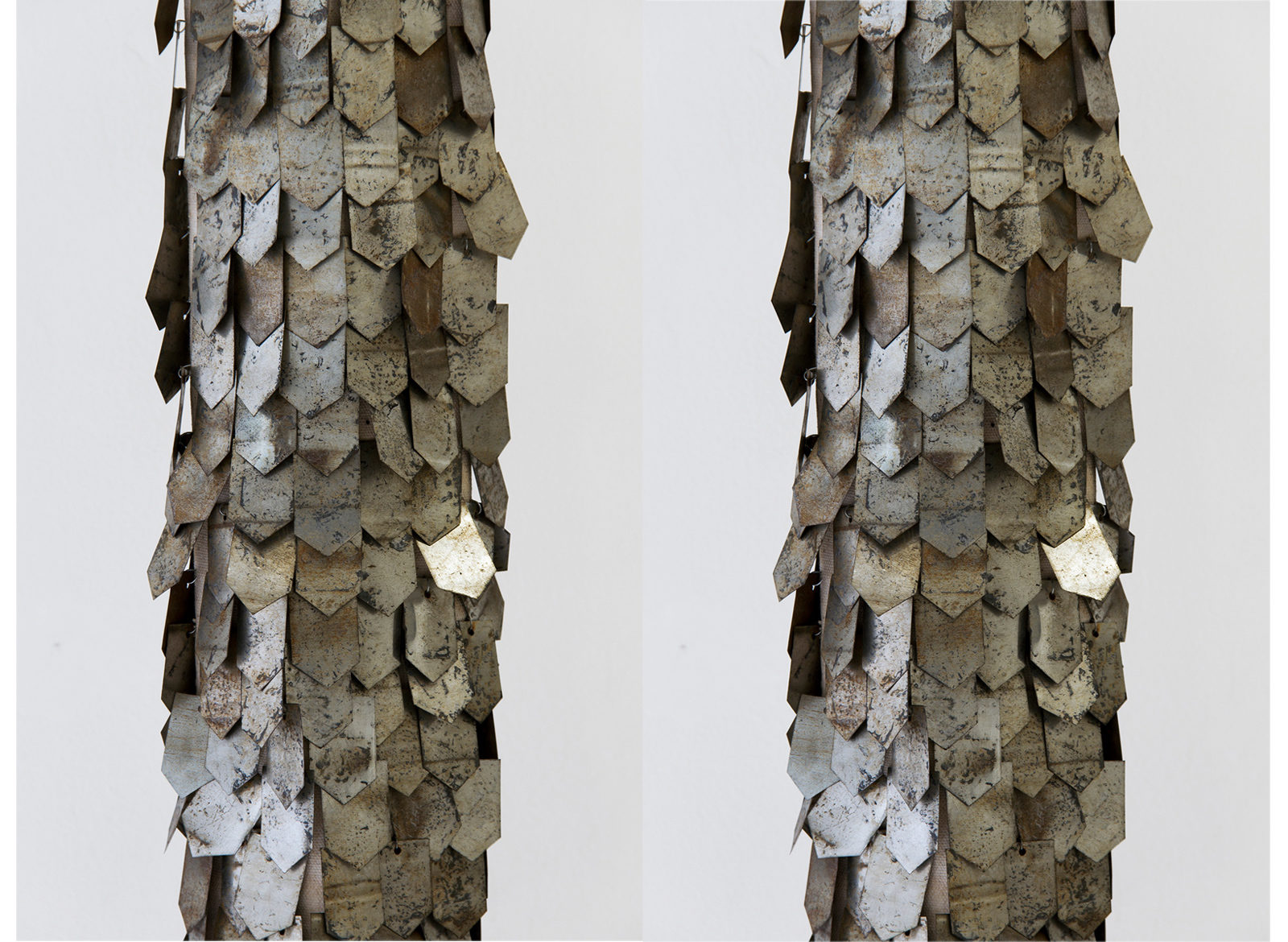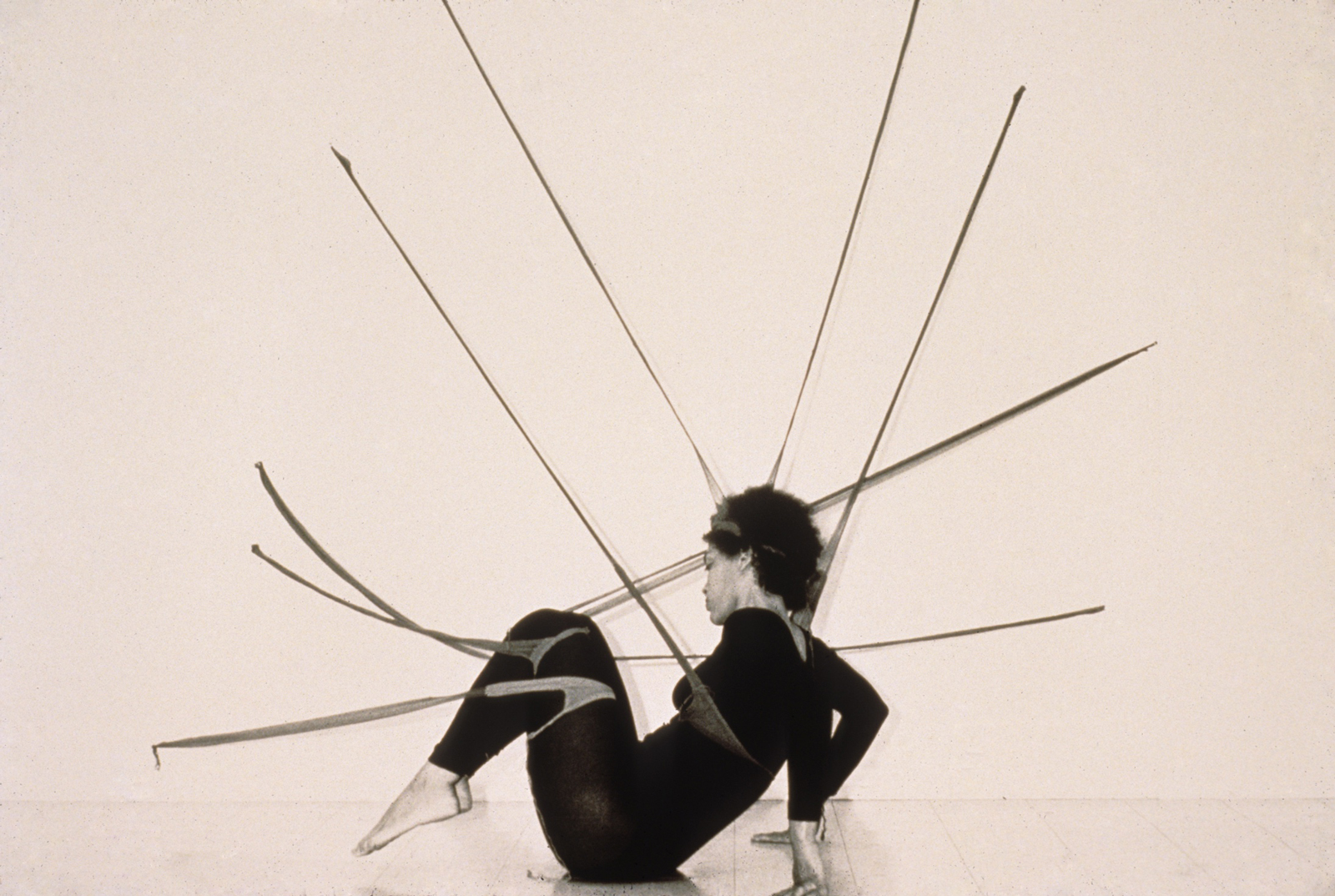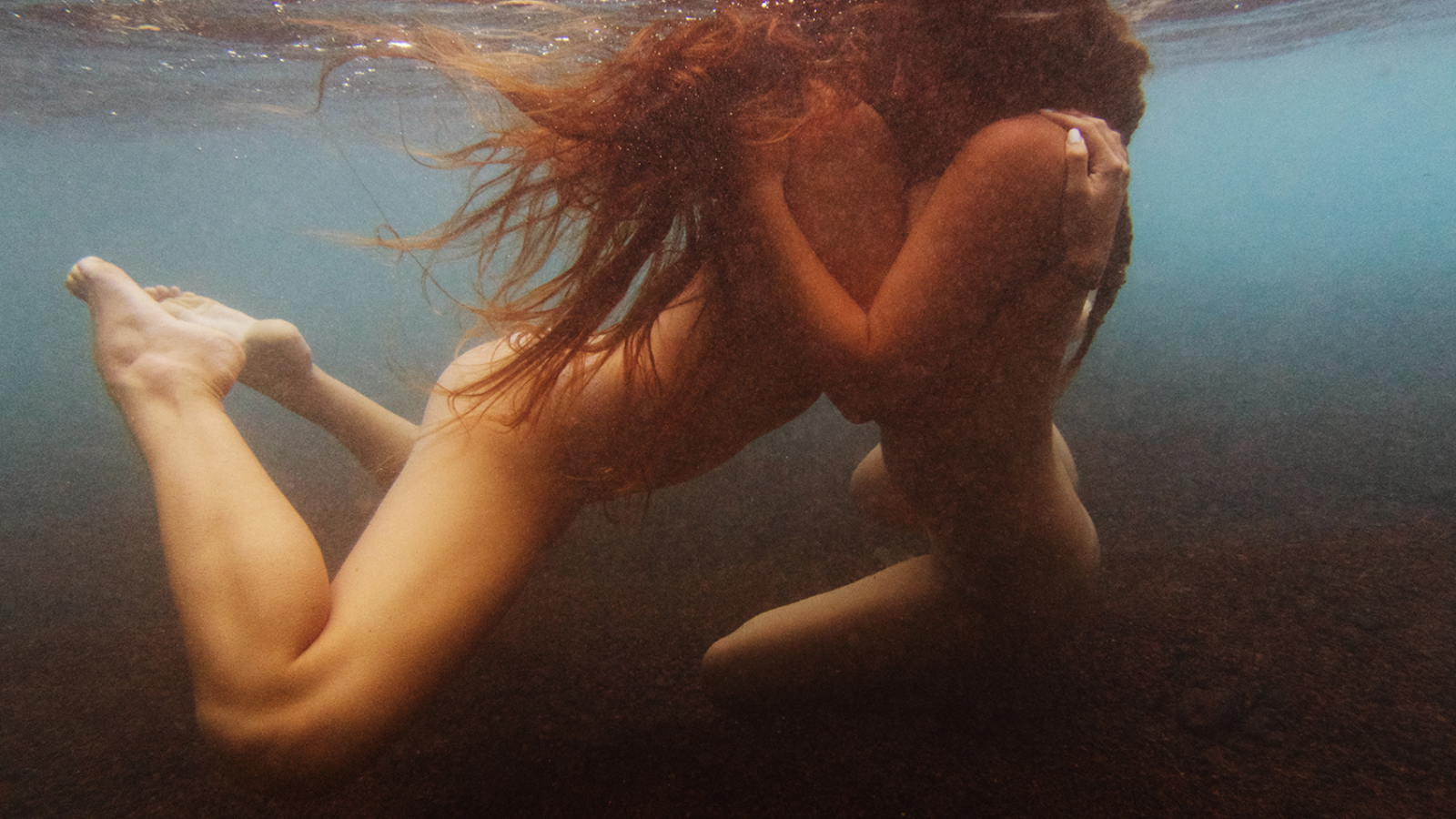Text: Alec Coiro
Andres Bedoya’s art and his show “Still Life with Others” at Situations are striking. The experience of discovering this is layered. Layer one is the encounter with the Patricia, a sculpture that at first appears to be a well wrought assemblage of castoff cigarettes, but upon closer inspection is revealed to be cigarette ash that is maintaining its integrity god-only-knows how. It boggles the mind. Evidently, Bedoya’s mind was similarly boggled as a child watching his aunt Patricia (the sculpture’s namesake) let her cigarette ash grow to captivating lengths as she talked to the young Bedoya. We’ve all been there either as smokers or observers; Patricia takes that moment of suspense and elongates it to infinity.
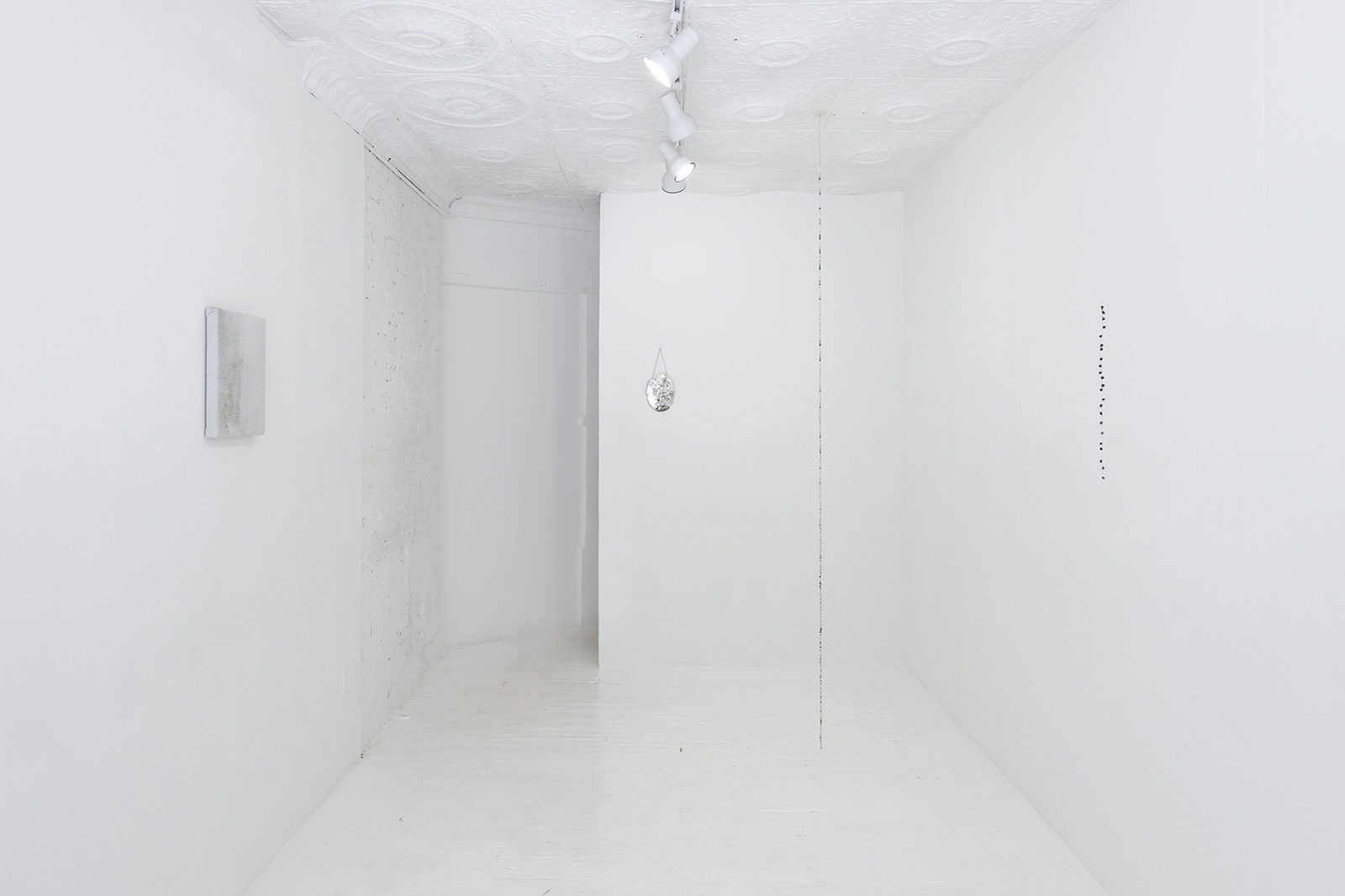
In addition to achieving the mixture of beauty, bafflement, and magic that is the most pure form of art, Patricia also serves as the perfect way into the rest of the show and into Bedoya’s work overall. The sculpture introduces both the importance of material to Bedoya’s work and also the importance of his personal history. It is the combination of these two aspects that make Bedoya a Bolivian artist in a very particular sense that materials in his work often refer very specifically to Bolivia and its history. The works seems always conscious of its place of origin and the historical context defining that place. The untitled silver mirror hanging on the gallery’s back wall is the most overt example of this, referring through its materials both to the country’s history of silver mining and its attendant colonial exploitation. This silver is also in dialog with the alpaca string that is used to hang the mirror, also a local material, albeit a far more modestly priced one.
Vestment played a very instructive trick on this North American viewer. It immediately took me back to my sole reason for going to the museum as a child: the armor room; it looks like a piece of medieval European armor. However, even without being told, a second glance reveals that it would be a sleeve (the English translation of the title) for a very surreal arm indeed. It would also make for poor armor, as it is made from tin. It is also very specifically not medieval or western. The recycled tin is commonly used in La Paz for basically any repair or improvement requiring aftermarket metal.
This notion of material and its connection to place was evoked in through a very different material in Bedoya’s arrestingly beautiful 2009 performance Ultra Madre. Gallerist extrodinaire, Jackie Klempay keeps the book from the show on hand, and if you go to the show, absolutely take a look. In Ultra Madre Bedoya took a gorgeous, three-story door from the Museo Nacional de Arte and curtained it with the performers’ hair. The closest thing I can think to anything like it would be the hair-inflected work of Hrafnhildur Arnardottir (aka Shoplifter.)
Before I send you off to go see the show for yourself, I should add that Situations is a very unique and special space on a small strip of Manhattan that is nothing short of a relic. Bedoya honors this by making exquisite use of the space. He created the entire show with the space in mind, and edited the pieces he included down to the essentials. The result is each piece is given space to fully realize its gravitas, and the space achieves a special kind of grandeur.
